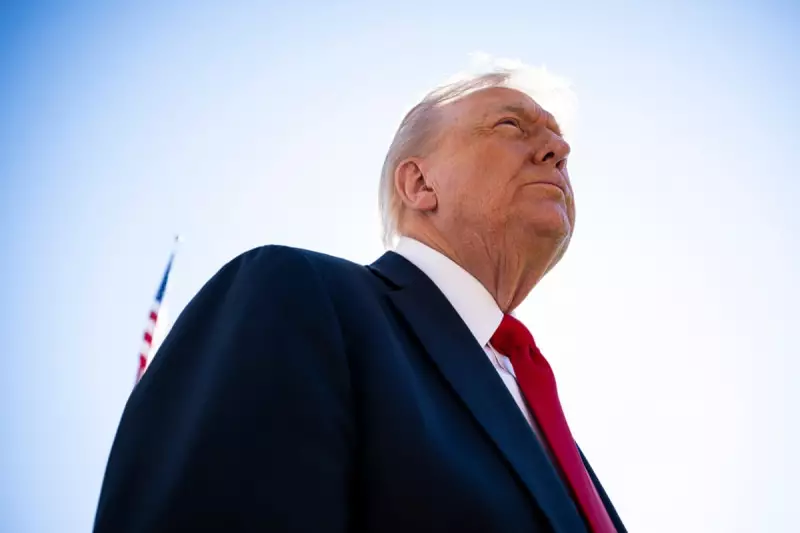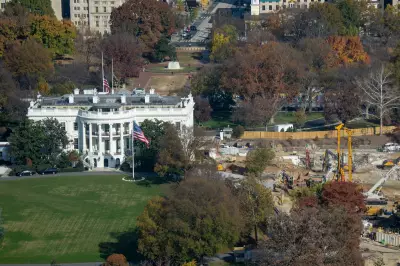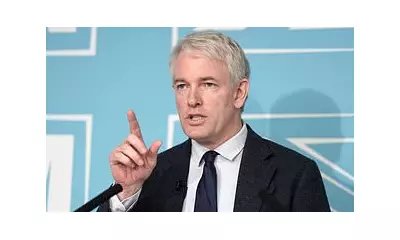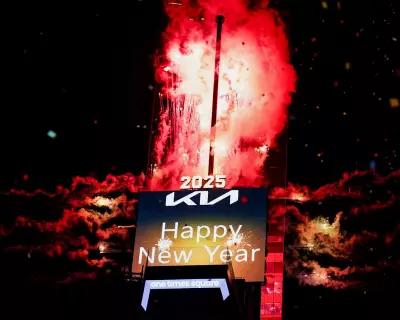
The latest cover of Time Magazine featuring Donald Trump has ignited fierce debate across political circles, raising questions about the intersection of media, power, and presidential legacy.
The Power of Presidential Imagery
Trump's appearance on the prestigious publication's cover represents more than just another media moment—it's a carefully orchestrated piece of political theatre that taps into the deep symbolism of presidential authority. The imagery deliberately evokes traditional representations of American leadership while simultaneously challenging conventional norms.
A Strategic Media Move
Political analysts suggest the cover serves multiple purposes in Trump's ongoing campaign strategy:
- Reinforcing his image as a dominant political figure
- Appealing to traditional conservative values through classic presidential aesthetics
- Generating media attention and public discussion
- Positioning himself within the historical lineage of American presidents
The Controversy Surrounding the Cover
Critics argue that the cover represents an inappropriate normalization of Trump's controversial political legacy. The imagery's traditional presentation, they contend, creates a dissonance with the unconventional nature of his presidency and current political activities.
Supporters, however, view the cover as a legitimate recognition of Trump's enduring influence on American politics and his potential return to the political forefront. They see it as validation of his political movement and its significance in contemporary political discourse.
The Broader Implications
This media moment raises important questions about how political figures use traditional media platforms to shape public perception. The carefully constructed imagery demonstrates how political actors can leverage established media institutions to advance their narratives and cement their place in the political landscape.
As the political climate intensifies, such symbolic representations become increasingly significant in the battle for public opinion and historical legacy.





